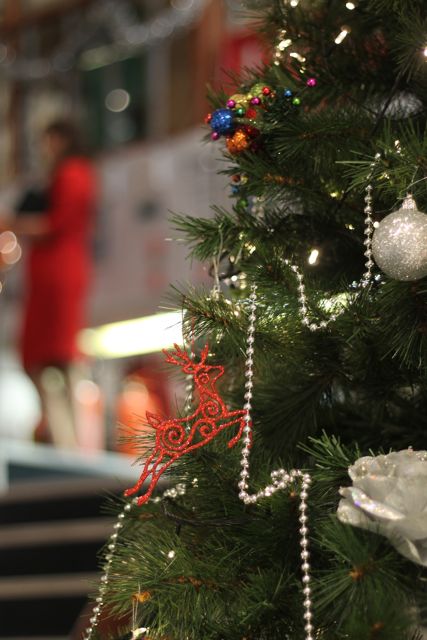Hello my dearest one, you might have wondered why there have been so few new blog posts lately and I can only blame it on the bane of my misery: IT. But things should be up and running now so that we can get back to our beloved antique jewellery!
It has been a few really fun weeks in the antique shop; we have had some beautiful pieces come through the door and we are now in the middle of putting together the Christmas Catalogue! (I know right, in August!?)! But it is all great fun and I am learning TONS, and obviously passing on the most interesting information to you fine folks!

A few diamond set clasps for necklaces that I was showing a client – on top of an old Burlington Arcade postcard
Yesterday three photographs of the Burlington Arcade at the beginning of the 19th century popped up on my desk. We have looked at the history of the Arcade before, in the blog post the Burlington Arcade in London, but there are a few more fun pieces of information left to learn:

Antique photographs featuring the Burlington Arcade – at Richard Ogden
In the top photo you can see one of the Beadles (the gentlemen guarding the Arcade) addressing a man with an umbrella, as you are not allowed to carry open umbrellas in the Arcade. Legend has it that even after the bombings in the 1940s destroyed the roof of the Arcade the Beadles would enforce the no-umbrella law – that is how seriously they take their duties!
And you might not know this, but whistling is not allowed in the Arcade either, and there is quite a shocking reason to this: during the 1800s the first floors in the Arcade were used by “working ladies”, and every time that the police approached the Arcade someone would whistle to warn these ladies – and the men who were with them – so that they could make a quick escape! So whenever someone walks down the Arcade whistling, they get a kind reminder from the Beadles that it is not allowed. I do in fact hear quite a few people every week trying to whistle a little tune in the arcade, and it is a shame in a way that you are not allowed to, as the acoustics are so great now that we have the beautiful new floors there!
And in the bottom postcard we have a view of the entrance to the Arcade before it was redesigned in the 30s. I had a lot of fun putting together the two photos above, as they really highlight how much has changed in these past 100 years – just look at people’s outfits! Not to mention all the vehicles blocking the way for my perfect photo!!
I would love to hear which one of the two designs you prefer – and also whether you have visited the Arcade and maybe have some special memories from there? For example seeing a pair of glorious earrings, or maybe shopping for an engagement ring?
























































